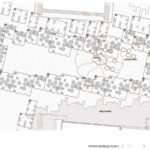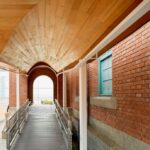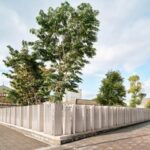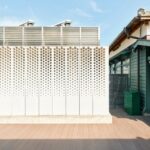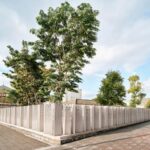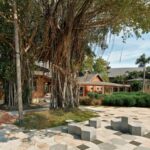Unveiling Heritage: Railway Department Park in Taiwan
Nestled within the National Taiwan Museum, the Railway Department Park stands as a testament to Taiwan’s rich urban history. Designed by XRANGE Architects and completed in 2020, this 17,000 m² park encapsulates over a century of the island’s evolution, particularly its railway heritage.

Historical Significance
With roots dating back 130 years, the site served as the birthplace of Taiwan’s first railway during the Qing Dynasty, catering to the Machinery Bureau’s needs for weapon manufacturing. Over time, it transitioned into the Taipei Artillery Factory and later the Taipei Railway Factory. Adjacent to the modern Taipei Main Station, the park is a vital component of the Taipei West District Gateway Project, a significant urban renewal initiative spanning a large portion of downtown Taipei.

Urban Renewal and Transformation
Despite its storied past, the site’s historical transformations were often documented haphazardly, leaving behind rudimentary maps and records. Japanese colonial influence led to industrial service sites and ad hoc constructions, resulting in a cluttered and disorganized layout. As a hub for railways and urban growth, the Railway Department Park’s history of political intrigue, wartime struggles, and industrial development continues to fascinate historians, railway enthusiasts, and the public alike.
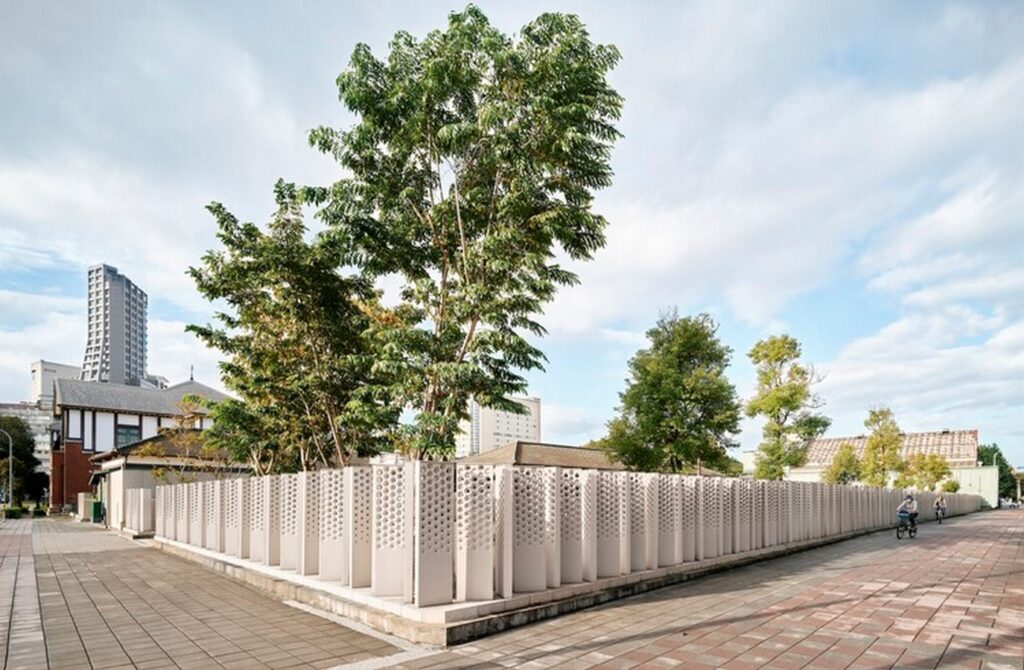
Landscape of Traces
The design concept of the “Landscape of Traces” aims to reveal the site’s past through historical imprints and urban remnants. However, complete archaeological reconstruction was unfeasible due to extensive excavations for train tunnels and the lack of precise historical data. As a result, the landscape design adopts a “blurred” and “fuzzy edges” approach, representing past buildings, structures, and railway tracks as indistinct imprints on the museum grounds. These blurred representations symbolize the overlapping narratives of growth and transformation spanning more than a century.

Approximating History
Employing a language of “gradient fade” and “fuzzy edges,” the design strategy approximates historical elements without claiming absolute accuracy. The resulting landscape serves as a canvas where traces of the past collide and overlap, narrating the site’s complex history through subtle and evocative gestures.
Through the Railway Department Park, XRANGE Architects has created not just a space for leisure and recreation but a living archive of Taiwan’s urban heritage, inviting visitors to explore the layers of history embedded within its blurred landscapes.


